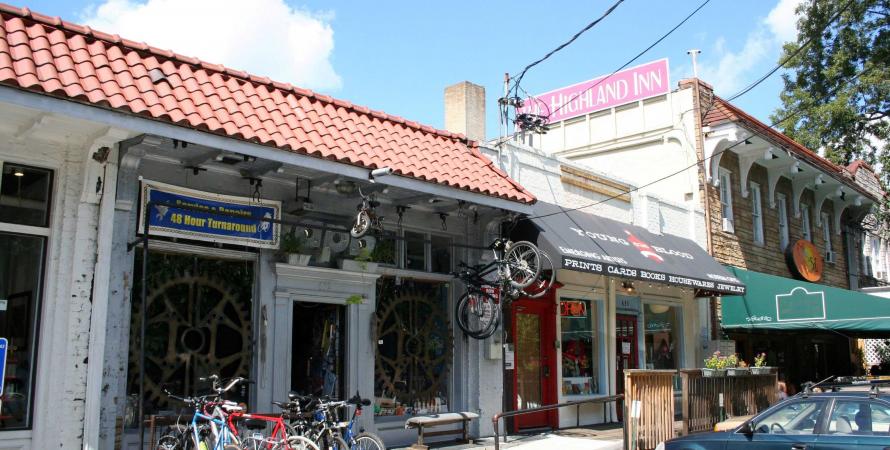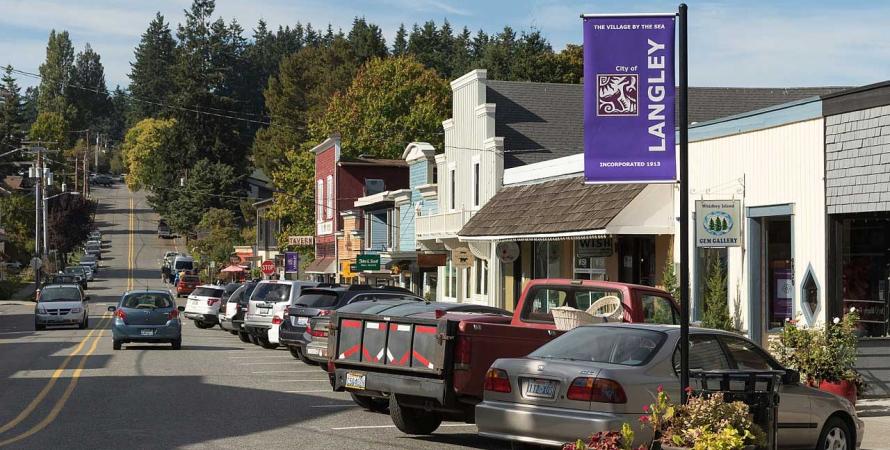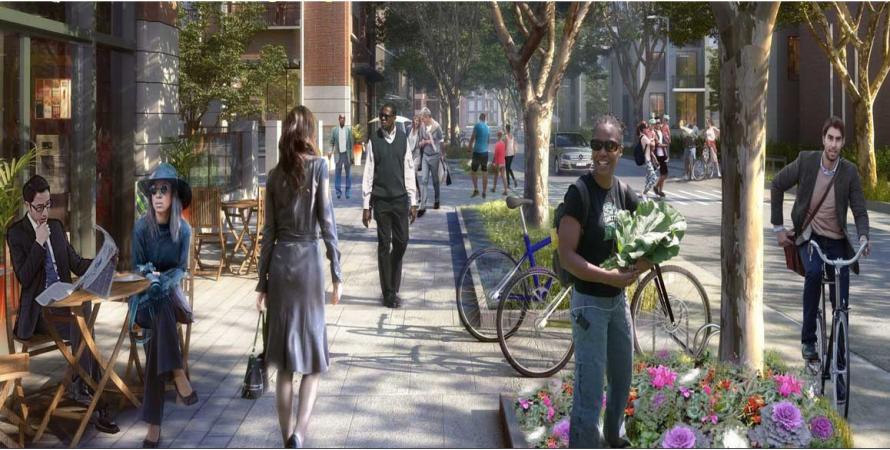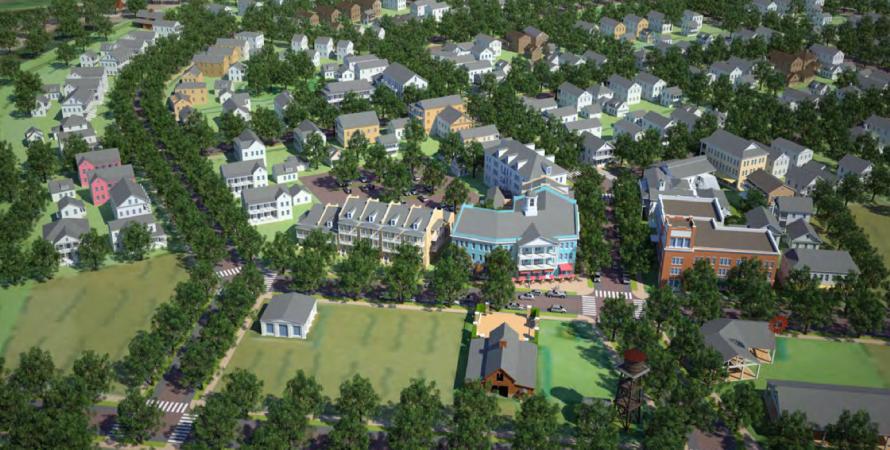-

Preserving history, allowing for growth
A neighborhood in Atlanta establishes a Historic District with land-use regulations that protect the architecture in the front of the lot while allowing extensive development in the back.Residents of Atlanta’s Poncey-Highland neighborhood, just east of downtown Atlanta, are looking to the future with an eye to the past. For the past year, neighborhood stakeholders worked together to use the City of Atlanta’s Historic Preservation Ordinance as a tool to create an innovative Historic...Read more -

How cities and towns can bounce back in the post-pandemic era
A toolkit highlights the power of land-use and transportation policy in recovery from the devastating impacts of COVID.Now that vaccines are rolling out and new COVID cases are dropping in the US and worldwide, cities can begin to get a clearer view of what their world will look like in the post-pandemic era. To prepare for what is next, a great place to start is the Pandemic Toolkit , created by the new urbanist...Read more -

The 15-minute neighborhood gets its 15 minutes of fame
The subject of walkability is getting political attention, thanks to a catchy phrase.The urbanism world has been buzzing lately over “15-minute neighborhoods,” a planning concept that has recently gained international political prominence. The phrase was highlighted in the US when former Housing and Urban Development (HUD) Secretary Shaun Donovan made it a foundation of his New...Read more -

Code organizes growth into walkable neighborhoods
A large new development area in Missoula, Montana, will be built out according to new urban principles.The City of Missoula recently adopted a master plan and form-based code for a new growth area that could accommodate about half of the city’s growth in the next 15 years. The Mullan area, larger than Missoula’s downtown, is located just west of the city and southeast of the regional airport. The...Read more